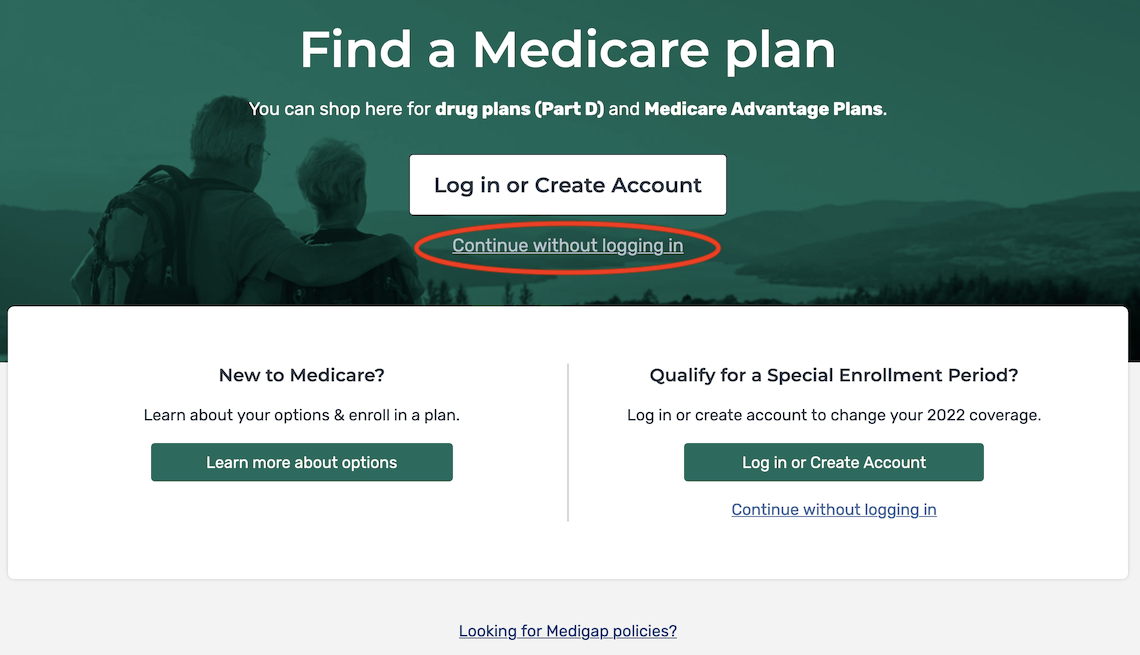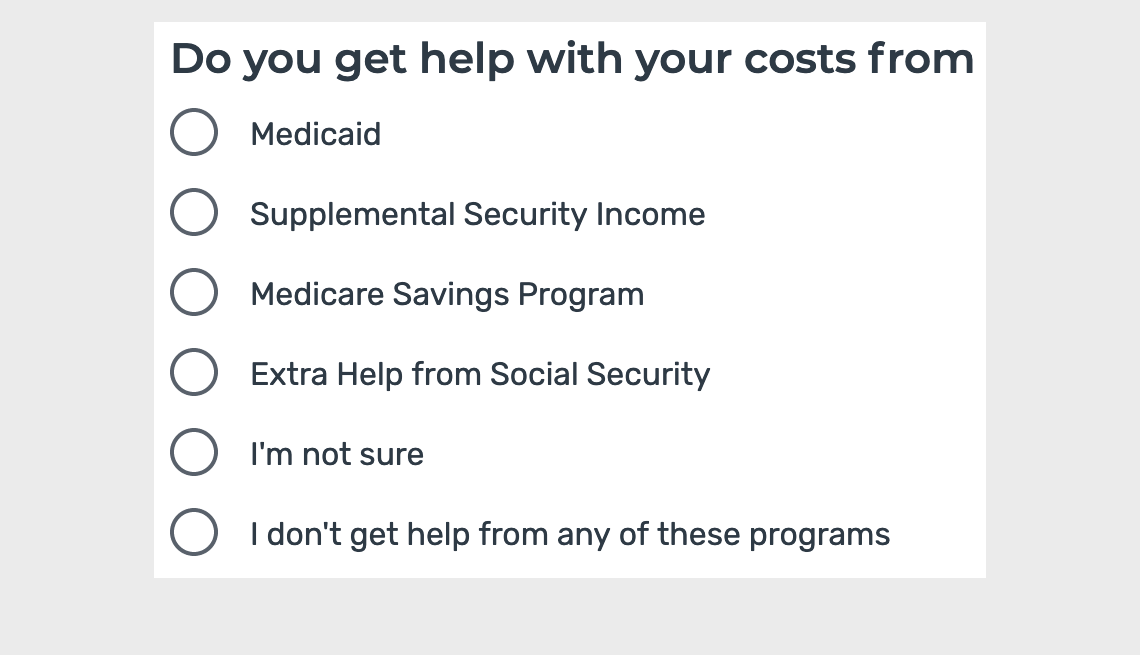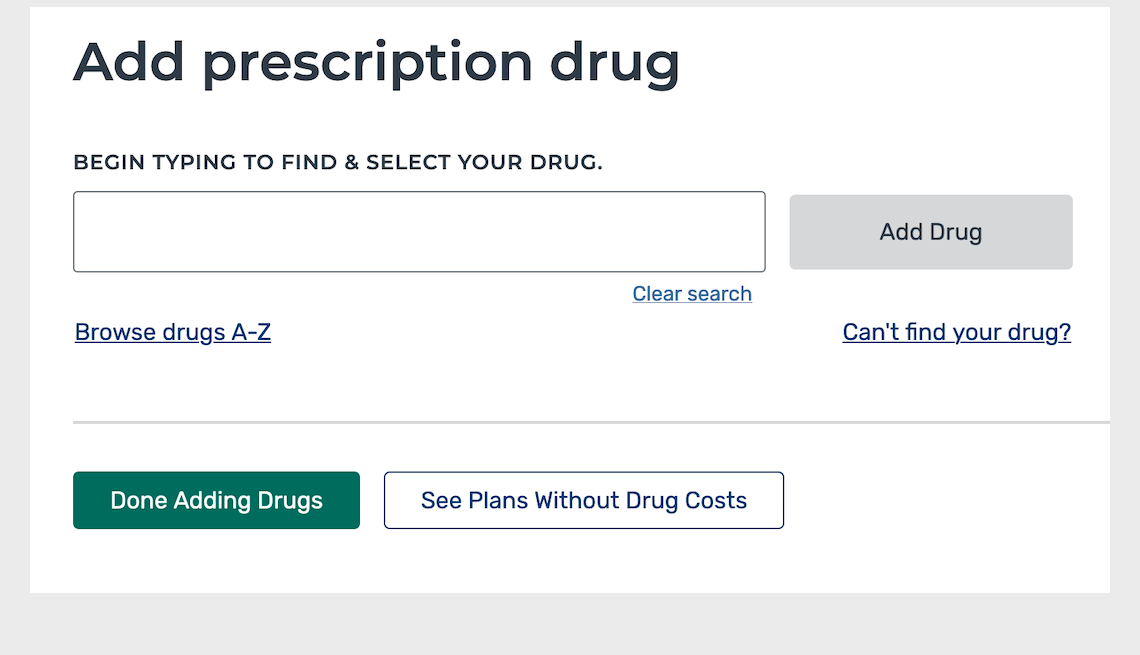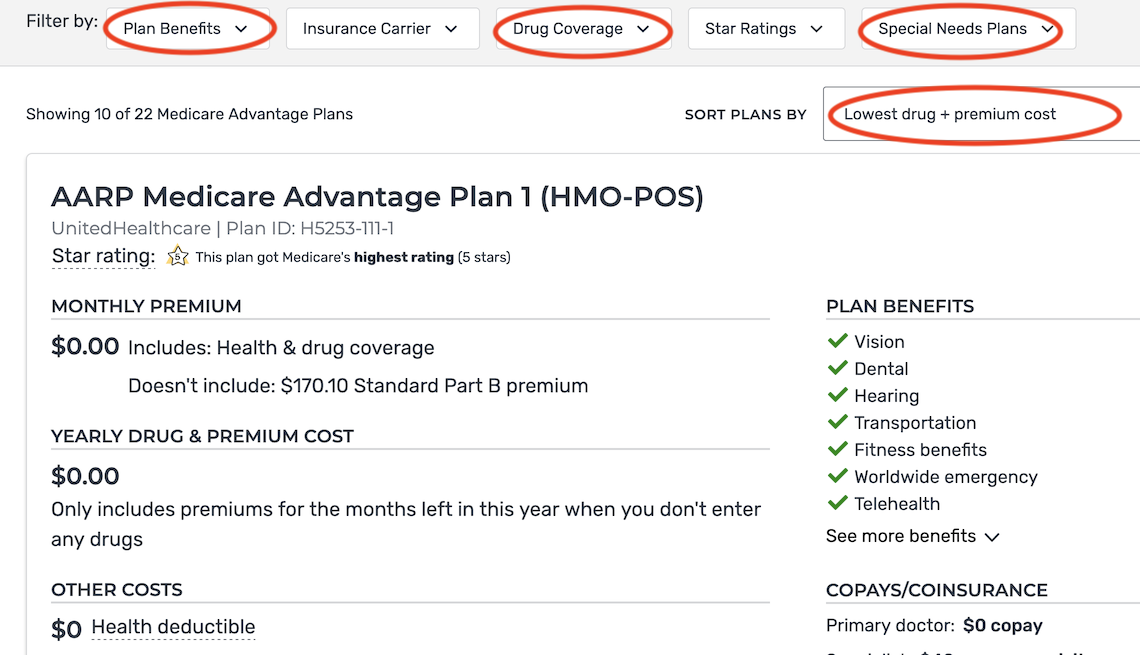How to Find, Enroll in a Medicare Advantage Plan
These plans can help pay for services original Medicare doesn't cover, but choices may be limited
If your 65th birthday is approaching, it’s time to start thinking about what kind of Medicare coverage you’ll need.
You have two choices: original Medicare, the government-run program that includes Part A hospitalization coverage and Part B doctor and outpatient services; or a Medicare Advantage plan, which bundles together Parts A and B and usually Part D prescription drug coverage.
Private insurers sell Medicare Advantage plans, also known as Part C. Some plans help pay for certain services that original Medicare doesn’t cover, such as routine dental, hearing and vision care.
Enrollment in Medicare Advantage plans has been growing steadily for nearly 20 years, with 42 percent of Medicare beneficiaries enrolled in Medicare Advantage plans in 2021, according to the Kaiser Family Foundation.
Most Medicare Advantage plans have provider networks, so you’ll have to ask your doctors if they’re part of a plan’s network. Be aware that the provider networks change frequently, so be sure to check at least once a year to make sure that your preferred physicians, including specialists, remain in network. Coverage for out-of-network doctors varies.
When to sign up for an Advantage plan
You can enroll in a Medicare Advantage plan during the seven-month initial enrollment period surrounding your 65th birthday after you’ve enrolled in Parts A and B.
You can also sign up for a plan during the annual open enrollment period, which runs from Oct. 15 to Dec. 7 each year. To enroll during this time, be sure you’ve already signed up for Medicare Parts A and B. Your coverage will start Jan. 1.
You may be able to sign up at other times if you qualify for a special enrollment period. You also can switch between Medicare Advantage plans or go back to original Medicare during the annual Medicare Advantage open enrollment period from Jan. 1 to March 31.
Keep in mind that if you decide to return to original Medicare, you may not be able to get a Medigap policy. Insurers may deny coverage or charge a higher premium if you have a preexisting condition.
9 steps to sign up for Medicare Advantage
Take these steps:
1. Use the Plan Finder tool at Medicare.gov to compare Medicare Advantage plan options in your area and to get information about costs and coverage, including costs for your prescription medications. You can log in to your Medicare account to get information about the plans in your area or use the tool without logging in.
2. If you select Continue without logging in, you’ll be able to choose the type of coverage you want, such as a Medicare Advantage plan. Enter your zip code and select your county.
3. Now indicate whether you get help with your medical expenses. If you’re not sure, you can find out by logging in to your Medicare account.
4. If you don’t receive any help, you’ll be asked if you want to see your drug costs when you compare plans. Click Yes so you can get a sense of how much you would spend with each plan.
5. Enter the names of your medications. Be sure to include ones you take regularly so that you’ll get a good estimate of ongoing costs. You’ll also need to select the dosage and quantity and indicate how frequently you need to refill your prescriptions. To add another medication, click Add Another Drug. When you’re finished, click Done Adding Drugs.
6. Choose up to five pharmacies where you want to fill your prescriptions. Many plans charge lower copayments for preferred pharmacies. You can see how plans work with the pharmacies and what your copayments would be for each one. Enter the names of the pharmacies you use or search by your address or zip code.
Every plan with drug coverage offers mail-order prescriptions. They can be less expensive, so some people select this option as one of their pharmacy choices. When you’re finished selecting pharmacies, click Done.
7. You’ll receive a list of Medicare Advantage plans in your area. You can filter them according to the coverage you’re looking for.
For instance, select Plan Benefits and check Vision, Dental and Hearing. Under Drug Coverage, you can choose Includes drug coverage. And by clicking on Special Needs Plans, you can indicate whether you’re looking for a plan that provides coverage for a chronic or disabling condition, such as diabetes or end-stage renal disease.
You can also sort your list. The default is Lowest drug + premium cost, but you can change that to Lowest yearly drug deductible, Lowest health plan deductible or Lowest monthly premium.
If a plan looks enticing, before committing be sure to delve into the details of types of procedures and items that are covered, such as eyeglasses and hearing aids. It is also important to know what you’ll be required to pay and whether you’re limited in your choices of providers, so you won’t be surprised when you need to use features that may have led you toward a plan.
8. You’ll get an estimate of each plan’s costs for your medications. You can see the premiums, deductibles, copayments and maximum out-of-pocket expenses.
Click the Plan Details button for more information about coverage and out-of-pocket expenses. These can include copayments for doctor appointments, diagnostic tests, X-rays, emergency care, inpatient and outpatient hospital coverage, physical and occupational therapy, and mental health services.
To find out whether your doctors are in a plan’s network, visit the plan’s website. When you click Plan Details, you’ll see a Plan website link at the top of the listing.
9. To sign up for a Medicare Advantage plan, click Enroll. You’ll need your Medicare number and the date your Parts A and B coverage started. You may be able to enroll by calling 800-MEDICARE.
To sign up directly with the insurance company, click on Plan Details and look for the plan’s phone number and website. You can also request an application and mail it. An insurance agent may be able to help you enroll.
For help signing up for a Medicare Advantage plan, contact your State Health Insurance Assistance Program.
AARP Membership -Join AARP for just $12 for your first year when you enroll in automatic renewal
Join today and save 25% off the standard annual rate. Get instant access to discounts, programs, services, and the information you need to benefit every area of your life.
How to pay for Medicare Advantage
After you’ve signed up for a plan, you may be required to pay a monthly premium to the insurance company although many plans don’t charge one. You’ll also pay your Part B premiums to Medicare. Medicare beneficiaries with low incomes and sometimes few assets can get financial assistance to help pay for Medicare Part A and B premiums and sometimes deductibles, coinsurance and copayments for Parts A and B and Medicare Advantage plans.
Mark your calendar for Medicare’s open enrollment period and the Medicare Advantage open enrollment period each year. Even if you’re satisfied with your coverage, it’s a good idea to go to Medicare's Plan Finder to compare what's available in your area. Plans can change their coverage, costs and provider networks every year.
Images: Medicare.gov
Kimberly Lankford is a contributing writer who covers personal finance and Medicare. She previously wrote for Kiplinger's Personal Finance magazine, and her articles have also appeared in U.S. News & World Report, The Washington Post and the Boston Globe. She received the personal finance Best in Business award from the Society of American Business Editors and Writers.









